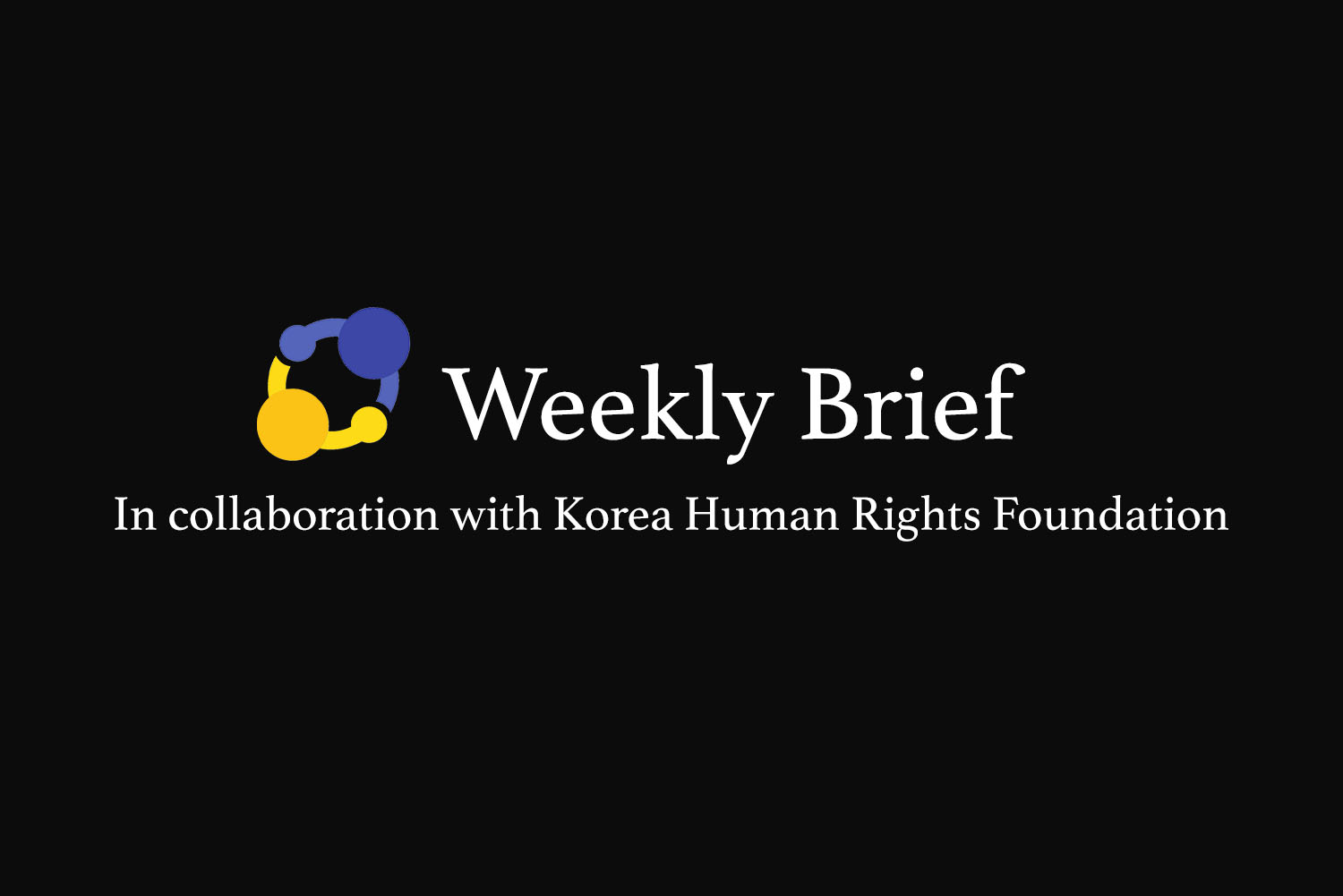Last Thursday, a 30-year-old man committed suicide on a mountain near Mapo district, Seoul. He was a gongsisaeng — a student preparing to take a civil service exam for officials-to-be in lower levels of management. In his hand was a piece of paper on which he had calculated his score in a recent exam. Realizing that he had failed to make the cut for another year, he decided to take his own life.


